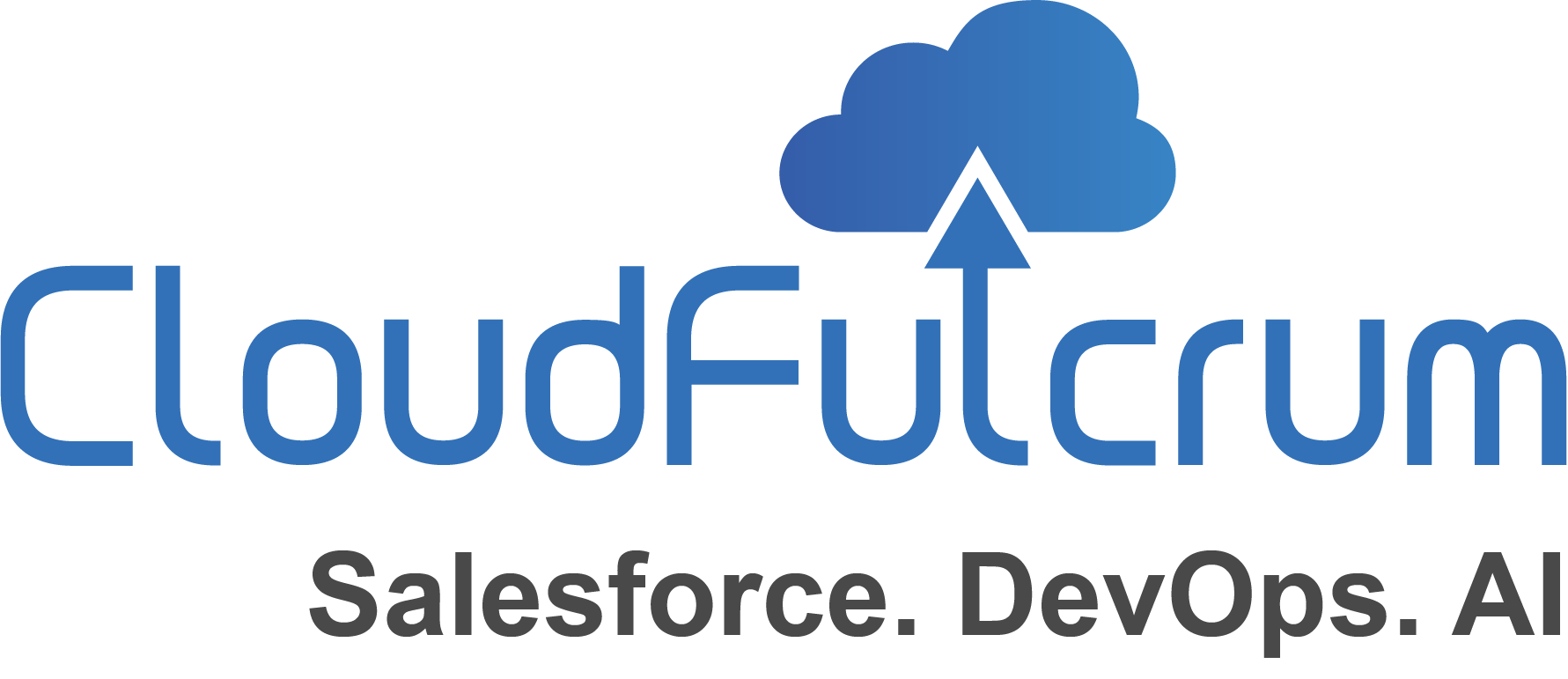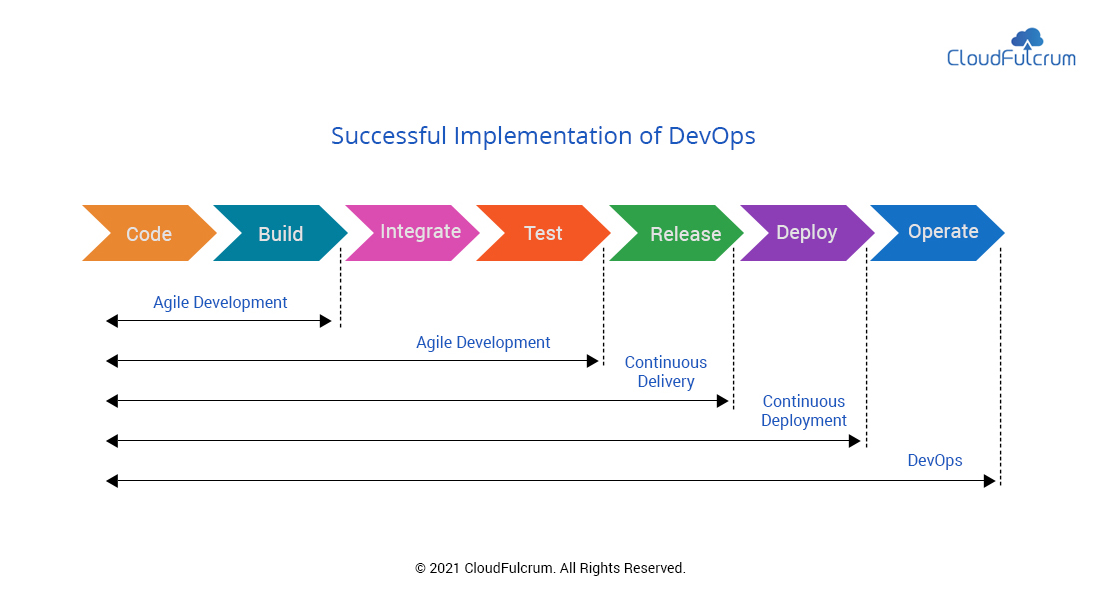INTRODUCTION
Any business organization that aims to collaborate with IT outsourcing service providers for the development of software should recognize the significance of DevOps Best Practices to upgrade the efficacy of the project execution. In addition to supporting the efficient completion of projects, DevOps Best Practices also takes the collaboration between business enterprises and software service providers to the next level.
The growing adoption of DevOps by most companies globally clearly underscores its potential as a prime enabler to achieving scale. Implementation of DevOps Best Practices helps a company deliver swifter, better, high-quality and reliable software based on a culture of cooperation and collaboration. It creates fundamental cultural changes and conversion of legacy programming practices. Earlier, agile practices were in demand for successful project execution and delivery. DevOps, however, does not replace Agile practices, but it offers additional support for effective completion of the project by determining next level collaboration and communication amongst the companies and software service providers.
DevOps is a set of practices that enable business enterprises to expedite innovation, deliver superior quality software, shrink the software development lifecycle, increase productivity, reduce marketing time, cut operational costs, sustain market competitiveness, and nurture cooperation between the operations and development team. The key components of the DevOps structure comprise automated provisioning, automated testing, automated build and deployment, and incessant feedback. In return, this yields a good automated system and infrastructure that aids a business enterprise to deliver a quality and reliable build. The beauty of DevOps is that it enables a quality for organizations to better serve their customers and compete in the market with greater efficacy and supplement it with some promised benefits, which include confidence and trust, swifter software releases, ability to solve critical issues rapidly, and better manage unplanned work.
DevOps as a Service (DaaS) is a relatively new discipline and allows organizations to deliver superior quality software, reduce time-to-market, improves productivity, and minimizes operational cost in order to serve their customers efficiently and remain competitive in the market. For the effective collaboration amongst the development and operations teams, DevOps provides a variety of Best Practices as elaborated below:
1. Continuous Integration and Continuous Deployment
An important aspect of DevOps includes implementation of Continuous Integration (CI) and Continuous Delivery (CD). The beauty of DevOps is the frequency with which one can deliver without interruptions and the degree of automation in this process. CI is a practice that refers to the regular revision of changes in the code in the repository. This tool allows developers to identify challenges in integration and fix them at an early stage, thus improving collaborations among teams and delivering the best software products.
Adopting DevOps without implementing CI and CD will be inefficient and unsuccessful. CI is one of the critical components of agile processes that allows developers to develop a software in small, regular steps by immediately identifying defects and providing feedback. CD is an extension of CI. CD approach ensures that every new or modified requirement is swiftly and securely deployed to production with quality by delivering each and every change to a production-like environment and ensuring that the application functions as expected through stringent test automation. It confirms that the software functions as planned through accurate automated testing. Hence, CI and CD should not be overlooked for successful implementation of DevOps.
Continuous Deployment doesn’t imply that every change is deployed to production at the earliest. The process of continuous deployment comprises the automatic deployment of the code in the production environment. Several tools are available that perform continuous deployment right from staging until production, assisting developers reduce the time between the identification and creation of new features and their deployment in production.
2. Integrated Configuration Management & Change Management:
Integrated configuration management enables the software development teams to utilize the existing services in software development and gets rid of the problem of creating new services time and again. It includes monitoring, automation, maintenance, and management of system configurations occurring across networks, applications, servers, storage, and additional managed services.
Change management is a process in which configurations are modified and redefined to satisfy the conditions of dynamic circumstances and new requirements. Change management emerges whenever the need for a change arises during configuration management. Change management includes aspects such as the kind of consequences and opportunities the change may bring in and what other systems could be affected at a comprehensive level.
3. Automated Dashboards:
DevOps engineers advocate metrics dashboard as they provide a visual representation of high-level data with critical performance metrics to easily understand the software performance. Dashboard helps to oversee the entire DevOps implementation process, the effectiveness of the DevOps team’s working, integration of cloud automation tools, overall platform health status and so on. The automated dashboard helps in leveraging the DevOps intelligence. It provides the data, apart from detailed insights and reports of every operation such as the number of tests run, duration of tests, the frequency of failure and success in testing. It allows to review configuration changes made to the database and server, and deployments that have been done across the system. The dashboard serves as a unified hub that enables the operations team with real-time data insights that help them in identifying the right set of automation testing tools. Furthermore, there are different logs, graphs, and metrics that facilitate operations teams with a comprehensive view of changes happening in the system.
The DevOps team has classified three types of metric dashboards, viz., Agile Project Management Dashboard, Application Monitoring Dashboard, and DevOps Platform Observation Dashboard.
4. Test Automation
To develop quality code, the software has to be frequently tested by developers. DevOps enables developers to test the code and identify issues so that they can sort them out well in time before deploying it. Compared to manual testing, automated testing facilitates rapid execution of the Software Development Life Cycle and is a critical aspect of code development, middleware configurations, and changes to data and networking. Test automation can be applied to the code development using regression testing and load testing. Test automation can be executed by performing several activities such as identifying test scenarios and cases, selecting the right set of tools for automation, establishing an appropriate test environment, running test cases and analyzing results.
The automated testing in the DevOps reduces time, improves testing frequency, runs more tests, and saves time spent on manual tests. There are a host of testing tools in DevOps such as Appium, Selenium, XCUITest, RobotFramework, and JUnit, etc., for test automation. Implementation of DevOps services will enable automated regression testing, which improves the code quality.
5. Continuous Application Monitoring
Continuous monitoring is the crucial phase in DevOps to monitor all the systems and infrastructure using alerts, dashboards, and numerous other tools to get real-time information on different monitoring metrics such as success and failure rates, error logs, system performance, deployment status, and the frequency of tests.
Continuous monitoring of app infrastructure is very vital to maximizing the application performance, irrespective of its deployment on the cloud or local data center. During the release process, if a bug impacts the application, then it will result in failure. So, it is critical for development teams and operations teams to take up proactive monitoring and frequently evaluate the application performance. There are numerous tools available for application monitoring that offer a host of metrics associated with applications, infrastructure, sales, graphs, analytics, etc. Some of the popular tools used in the monitoring of systems and infrastructure are Splunk, Nagios, Prometheus, NewRelic, Grafana, and Logstash. Many DevOps service providers utilize App monitoring tools such as AppDynamics, which enables to monitor java, and Node.js applications and New Relic, which accurately identifies the root cause of the issues as early as possible. These tools help developers to be proactive by sending them alerts whenever things go wrong.
Conclusion
DevOps as a Service (DaaS) is a culture that most of the software development companies are aspiring for to deliver superior quality application by establishing transparency and open collaboration across development and operations teams. DevOps practices enable incremental implementation so that organizations do not require to make necessary revisions and updates from the beginning. A good DevOps organization will release the developers from other work to enable them focus on doing what they do best: write software. DevOps should eliminate the work and worry involved in deploying, securing and running the software once it is written.
By following the aforementioned DevOps practices, IT service providers can ensure to develop and deliver potent software solutions that help companies successfully achieve their business objectives.
About CloudFulcrum
CloudFulcrum with its mission of “DevOps as a Service” has been part of multiple successful Copado implementations across the globe with reference customers in BFSI, Health Care, Retail, Real Estate, and Technology verticals.
CloudFulcrum has launched “Copado as a Service” with the following key capabilities:
- CloudFulcrum Copado COE: The company has built a strong Copado Center of Excellence with Certified experts constantly innovating on the platform. The COE teams with a deeper understanding of Copado architecture are spread across all major geographies offering advisory as well as managed services for Copado Customers.
- End-to-End Change and Release Management: CloudFulcrum offers end-to-end change and release management services for Salesforce customers using Copado with the following, but not limited to:
- Setup, monitoring, and promotion of user stories through the Copado Pipeline
- Back-Promotion and handling of merge conflicts
- Sandbox Refresh and Data Management including CPQ templates
- Extending Copado to meet SDLC needs as required
- Create and maintain Enterprise DevOps Reports and Dashboards built on Salesforce

